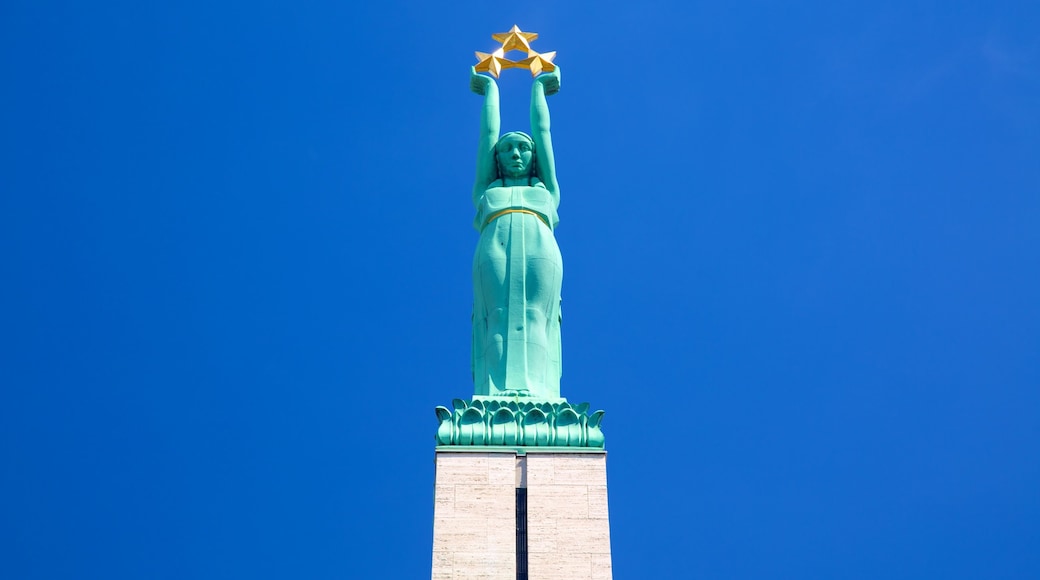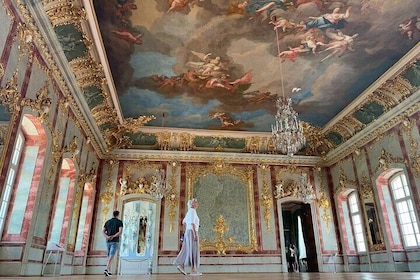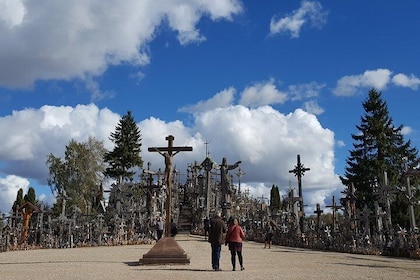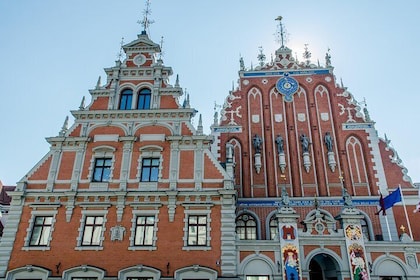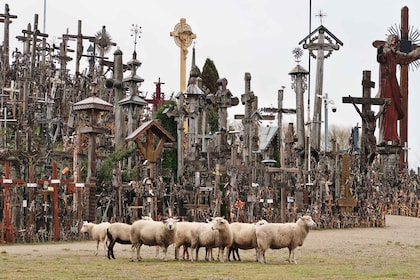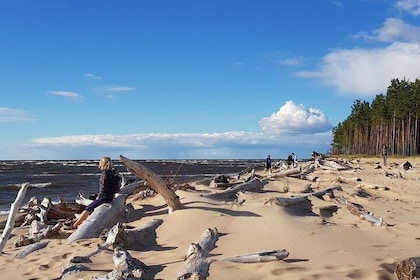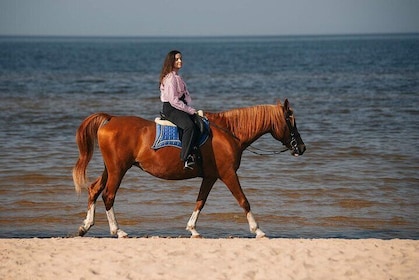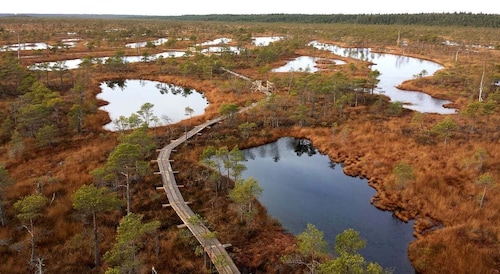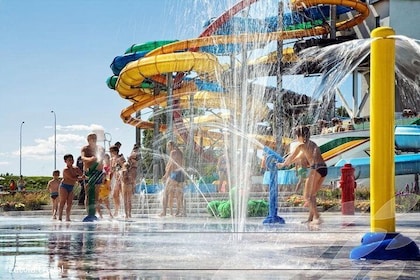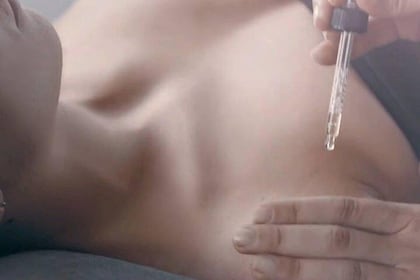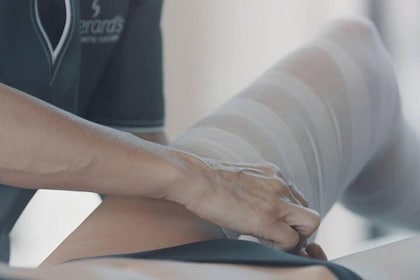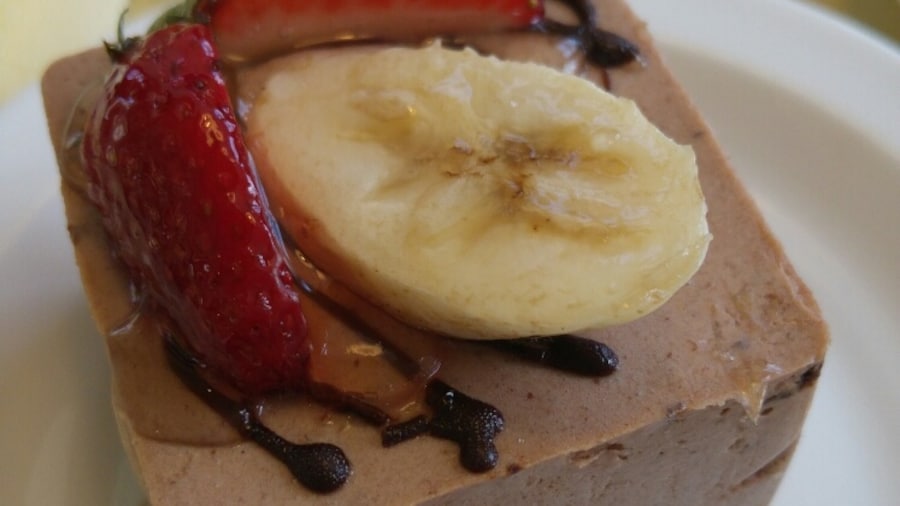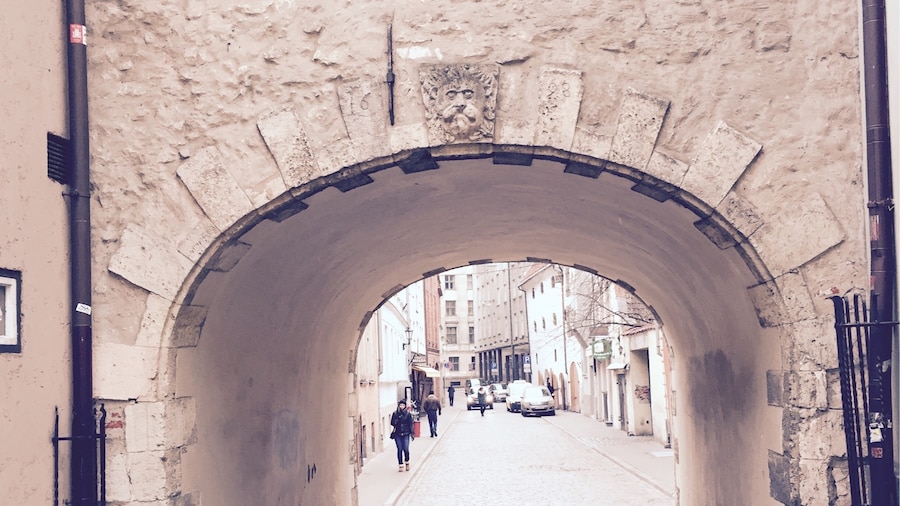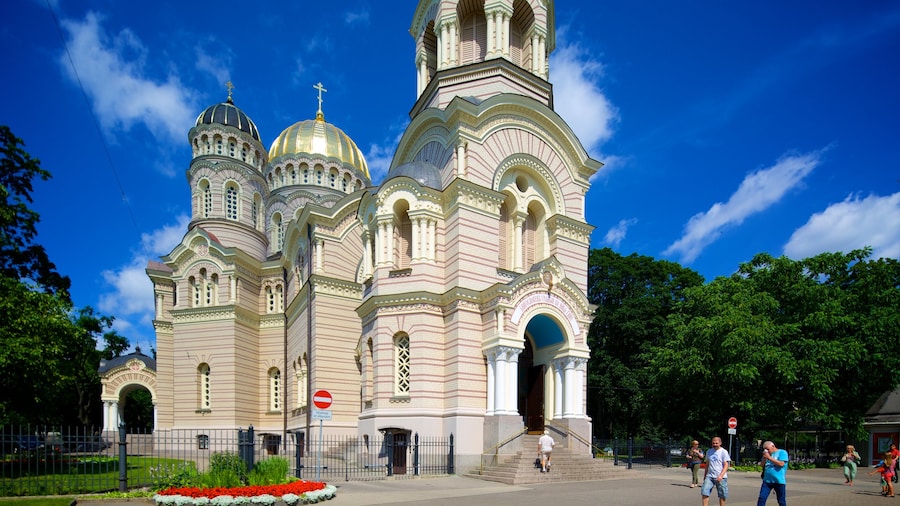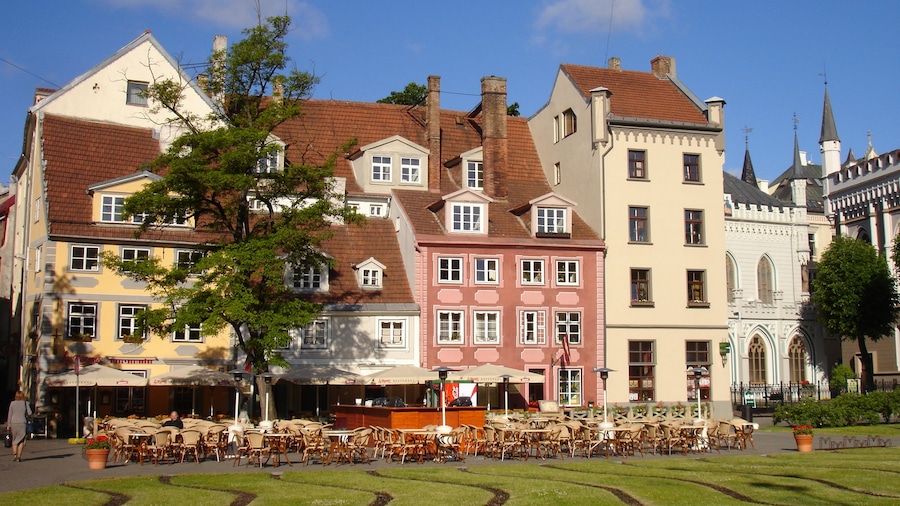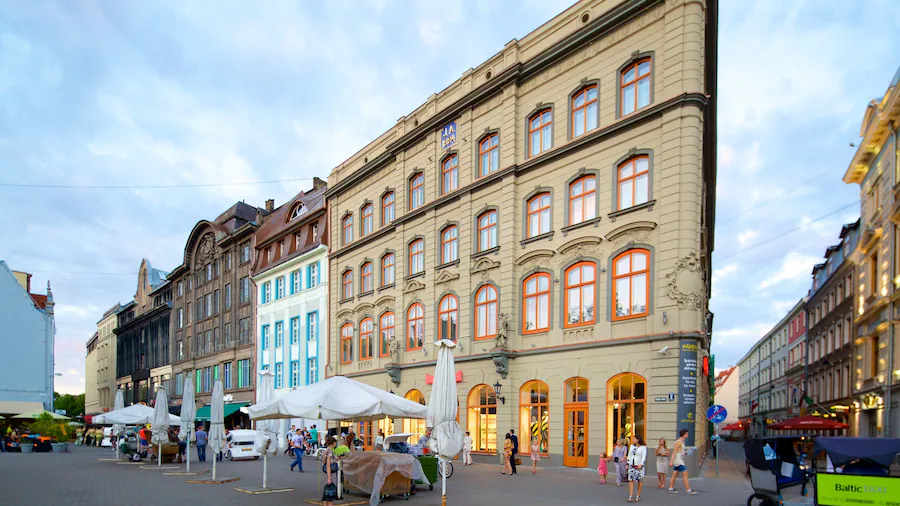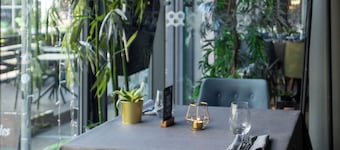This large historic monument near Riga’s Old Town is a national shrine of great importance where public ceremonies are held.
The Freedom Monument is one of the most recognizable landmarks in Riga, a powerful symbol of independence and national pride. The huge sculpture in travertine, granite and copper stands nearly 140 feet (43 metres) high and is decorated with sculptures and bas-reliefs. The memorial was erected in 1935 to honour the soldiers killed during the Latvian War of Independence in the early 20th century. During the 51 years of Soviet occupation from 1940, the obelisk was earmarked for destruction, but its demolition never came to pass.
Look up at the copper figure of woman perched on top of the monument. She is holding up three golden stars which represent Latvia’s three historic regions of Kurzeme, Vidzeme and Latgale.
Examine the sculptures decorating the base of the monument. They are arranged in several groups and depict aspects of the country’s history and culture. See figures representing such concepts and values as work ethic and the struggle for independence. There are also carvings that represent professions, including fishing and farming. Observe the bas-reliefs that commemorate the Russian Revolution of 1905 and the Latvian War of Independence. The three-word inscription on one of the sides translates as “For the Fatherland and Freedom.”
You may also notice flowers laid at the base of the monument. Locals pay floral tributes here almost every day. This practice happens on a much larger scale on Deportation Day in June and Independence Day in November.
Time your visit to the monument to watch the Changing of the Guard ceremony, which takes place every hour. The Freedom Monument is guarded and patrolled by a handful of soldiers during the day.
The Freedom Monument is located in the centre of Riga on Freedom Boulevard, not far from the Old Town. The ceremonial Changing of the Guard takes place on the hour, from morning until early evening.
